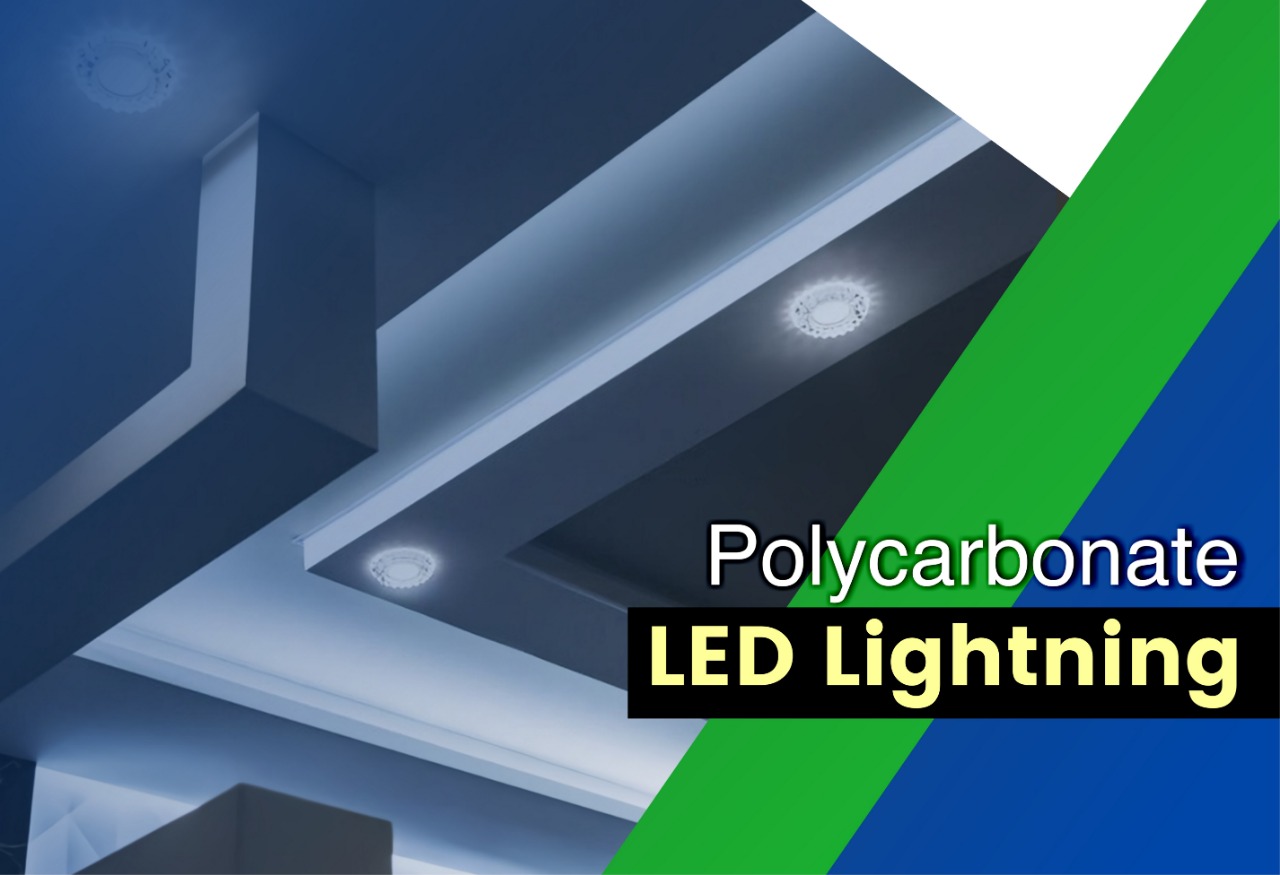
Polycarbonate Seen As Top Choice for LED Lighting
As the industriousness has developed, light-emitting diode (LED) lighting has shifted from niche applications to better mainstream residential and commercial use, and there has been an increasing interest in plastics — significantly polycarbonate — because of the properties of the fabric and the versatility it furnishes. Polycarbonate is now glimpsed in a medley of spots in LED lighting including covers, channel letters, lenses, optics, sign facing, globes, light diffusers, and globes.
When choosing polycarbonate, the foremost thing one ought to consider is the application. Today, the usefulness of LED light sources is nearly unlimited. LED lights can be noticed in recessed downlights, traffic signals, task lights, retail and refrigerator displays, area and street lights, mobile appliances, LCD TV displays and monitors, and many other applications. When developing lenses, covers, or optics for these mixed applications, one should evaluate the abilities of the materials — the durability, optic properties, thermal steadiness, ignition resistance, formatting flexibility, and UV soundness. These are some other considerations to the elements polycarbonate needs to withstand.
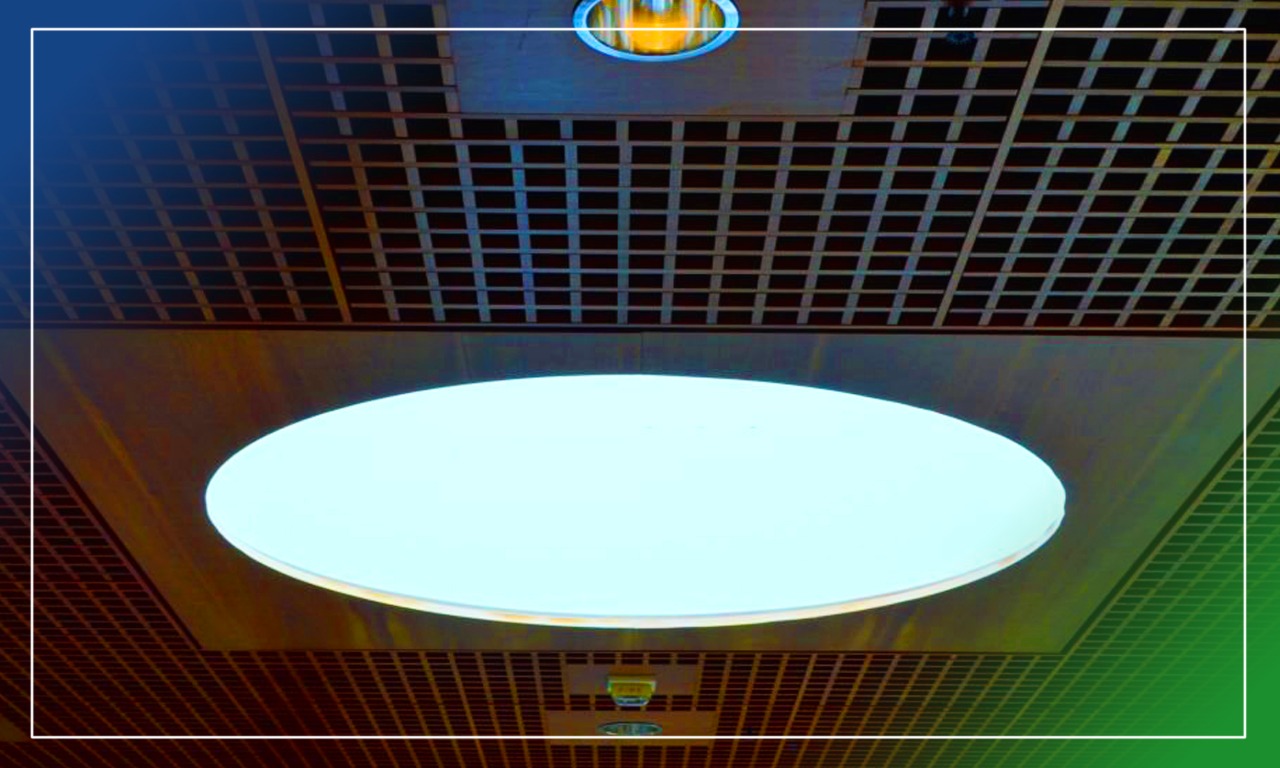
DURABILITY
Polycarbonate is considerably a better impact-resistant and is less inclined to breakage than other fabrics available. It has excellent toughness, invariant over a vast temperature range. Polycarbonate, which is used for things such as riot and bulletproof shields, aircraft canopies, and hurricane panels, can resist massive impact. In general, polycarbonate resins are 30 times more impact-resistant than glass.
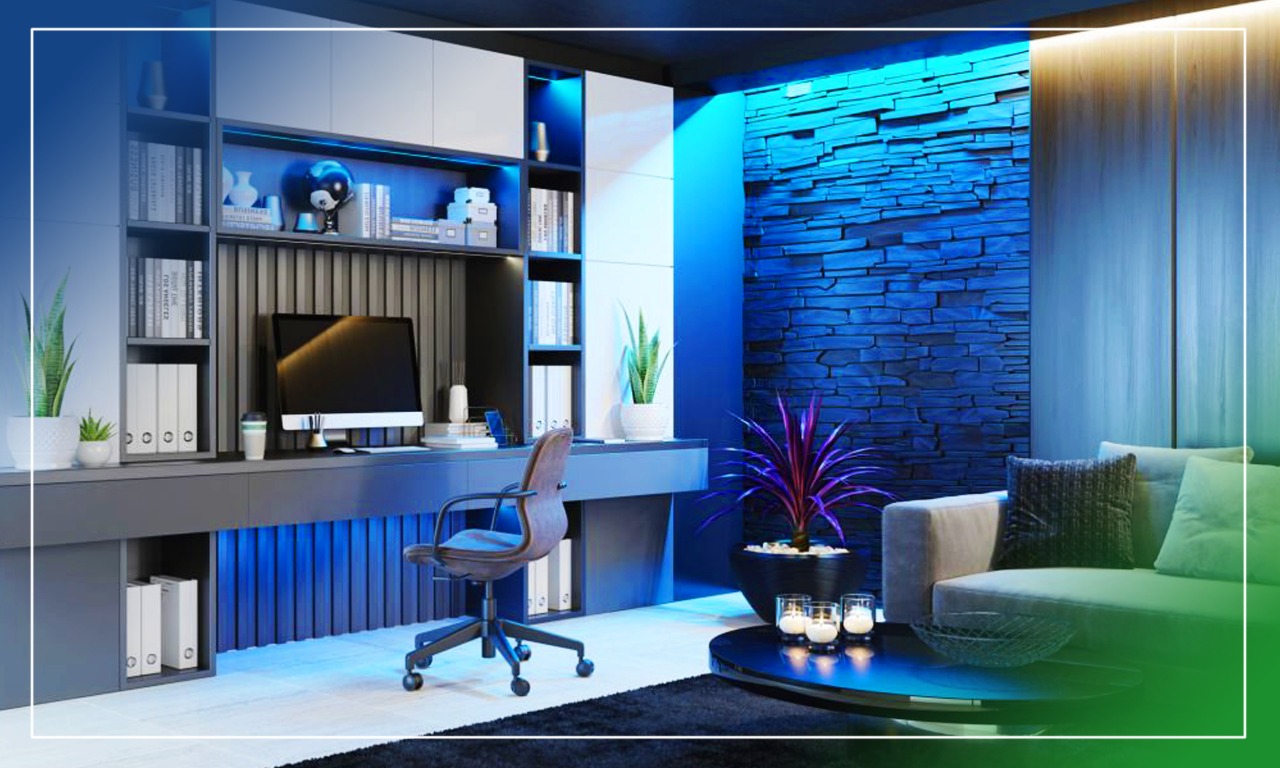
OPTICAL PROPERTIES
Polycarbonate can be tailored to detailed requirements for an application via the compounding procedure. Light communication larger than 90 percent can be reached for transparent polycarbonate resins. For polycarbonate resins possessing a light distribution additive, outstanding light uniformity can be attained over the whole surface of the part while repressing the bright LED light origin, eradicating “hot spots.”

THERMAL STABILITY
Lighting applications induce heat, and the proximity of the fabric to the light source specifies the thermal properties required. Polycarbonate resins offer prime thermal steadiness compared to acrylic resins and can be utilized for successive use of temperatures up to 120 °C.
IGNITION RESISTANCE
Polycarbonate is among the foremost transparent plastic resins that deliver the light transmission, thermal stability, and ignition resistance required for these demanding applications at a reasonable cost.
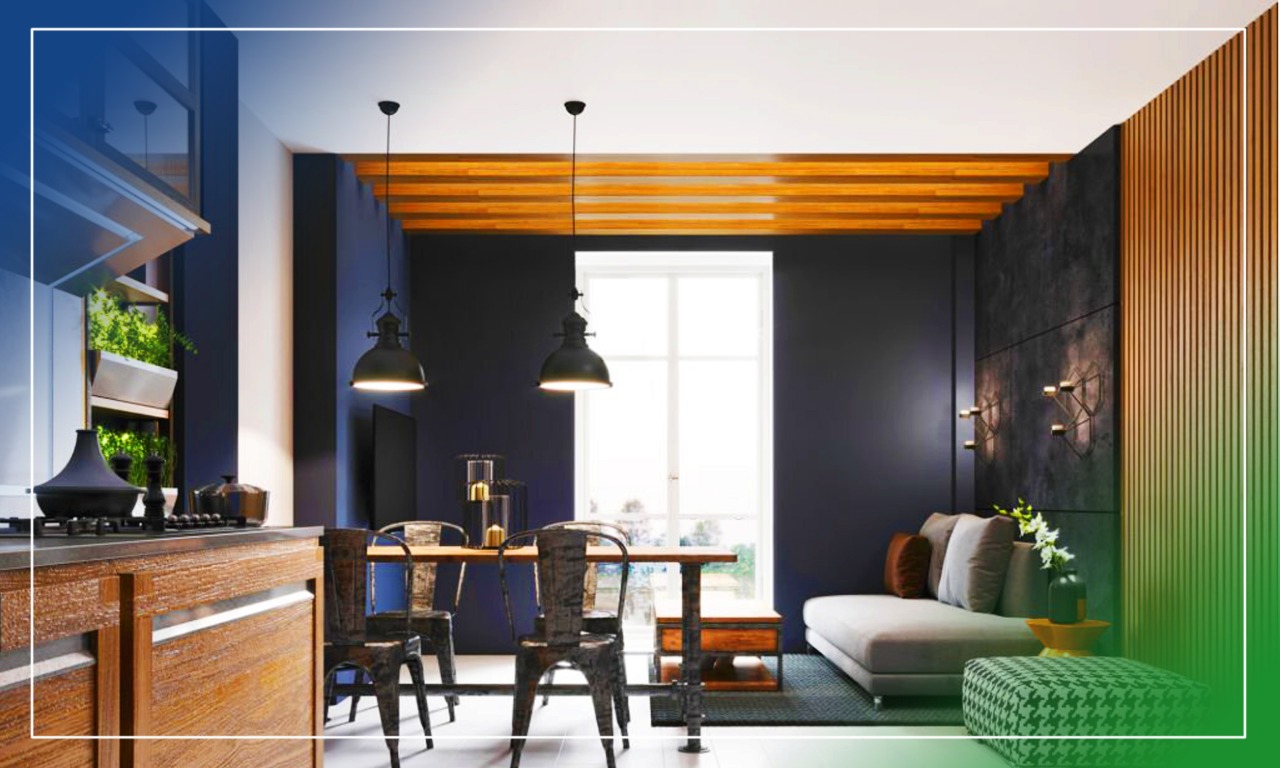
DESIGN FLEXIBILITY
Polycarbonate offers this processability option with a wide range of products available for specific processing requirements. Besides, because of the relative strength of polycarbonate, parts can be down-gauged for weight, energy, and cost savings.
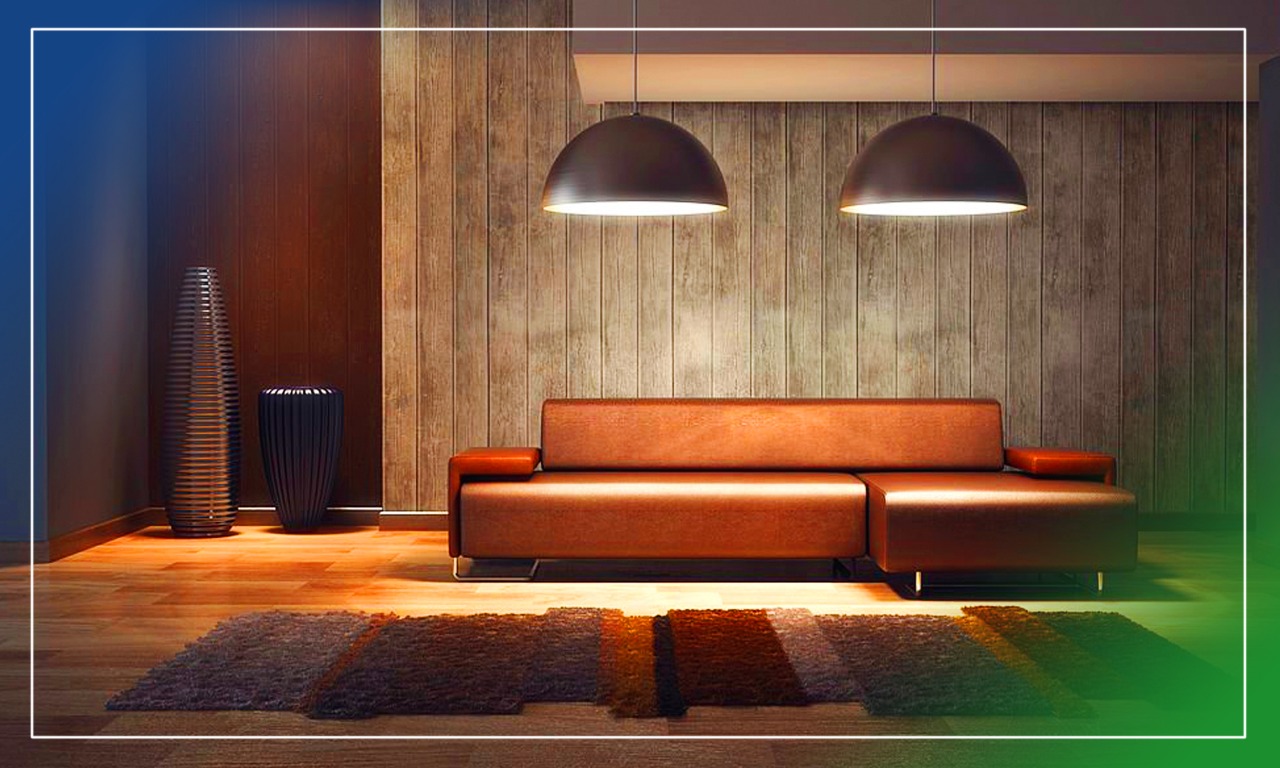
UV STABILITY
Polycarbonate offers several methods to do this including additives and layered films in the extruded product. The selection of material is complex and many factors must be considered to ensure the right solution for LED lighting applications. Polycarbonate is a leading material choice because it has effectively addressed some of the most difficult challenges of the LED lighting industry. The versatility of the material and the ability to custom-tailor properties results in a great match for manufacturer and molder needs.